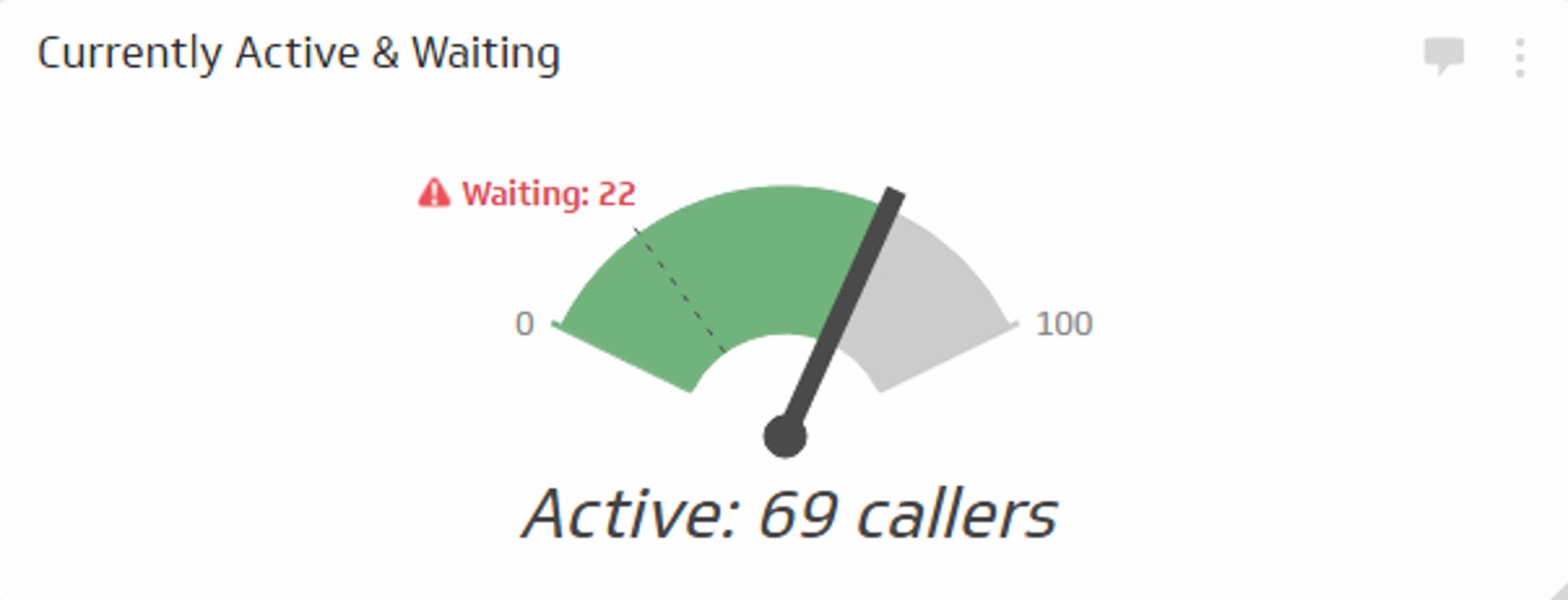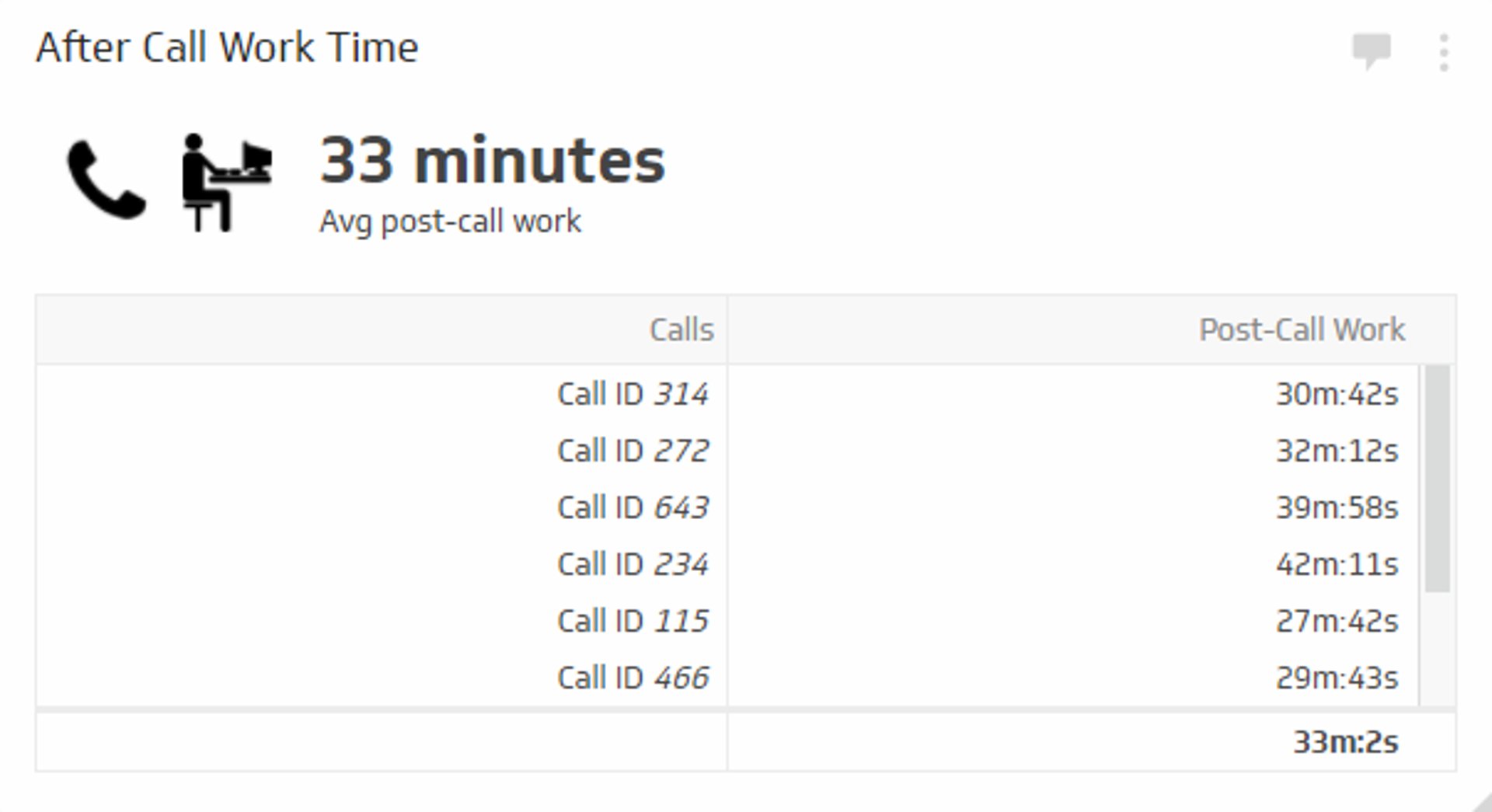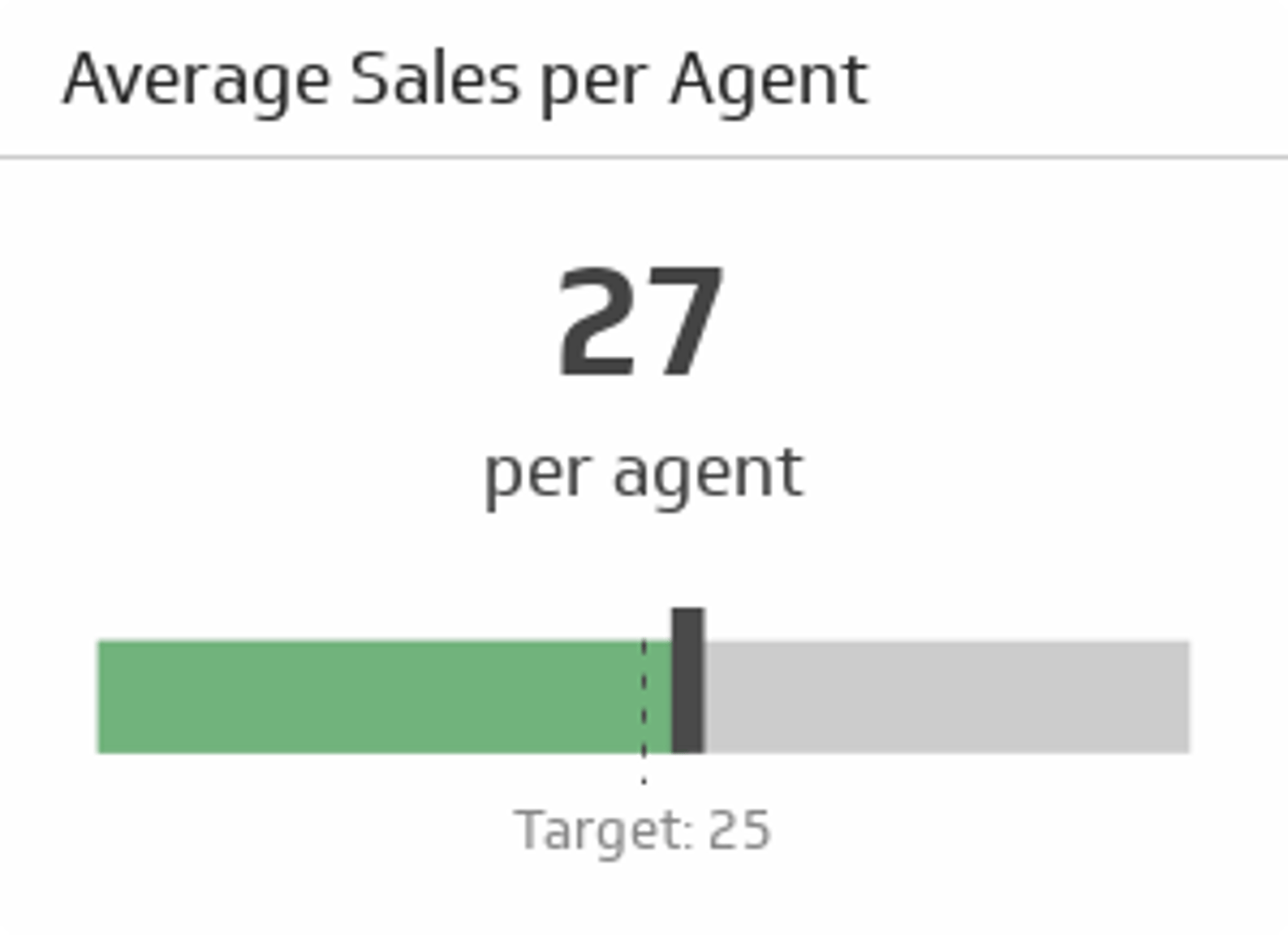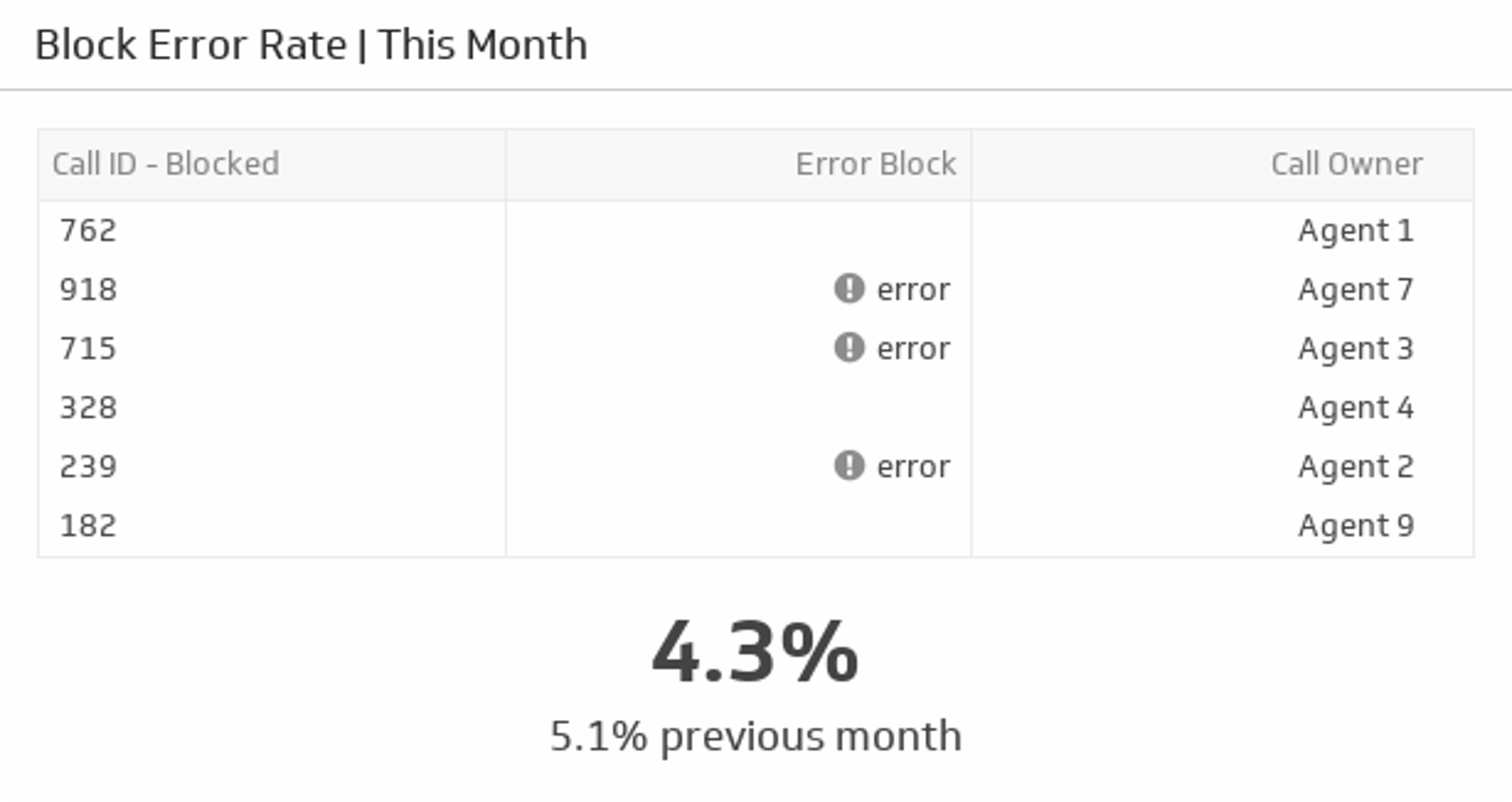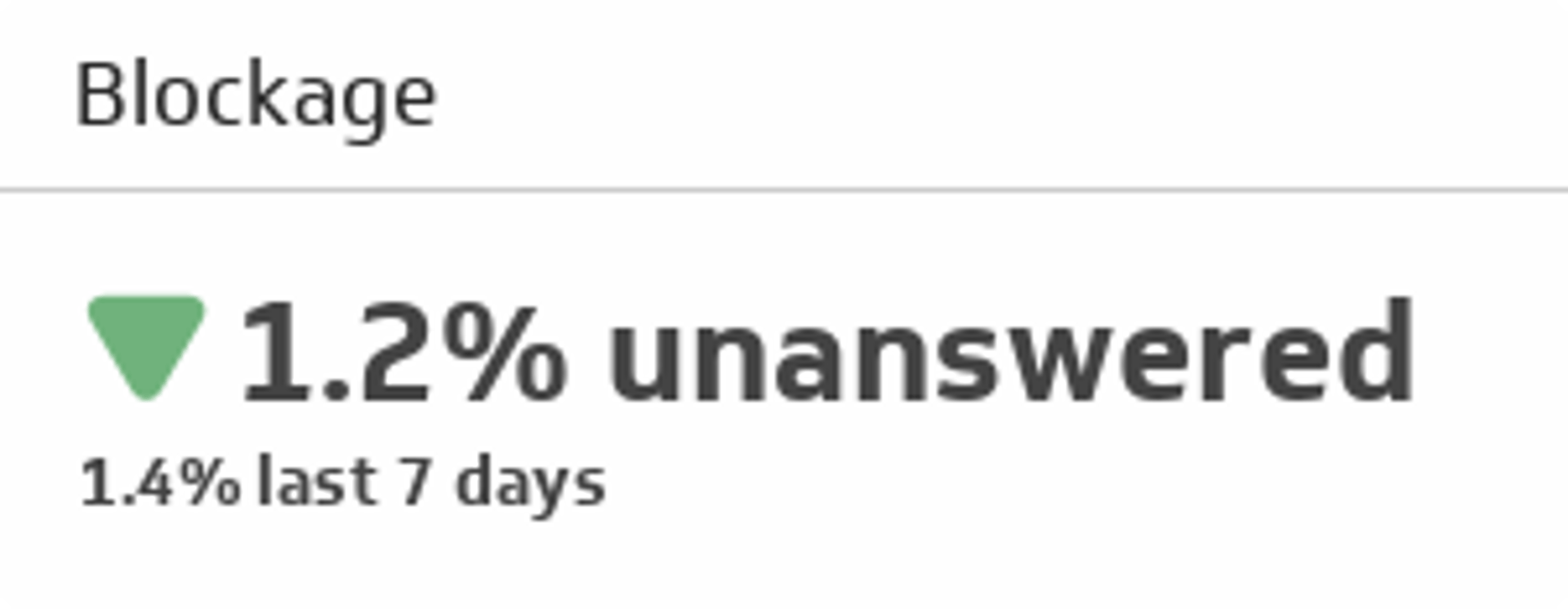Call Center Metrics & KPIs
Metrics & KPIs for modern call centers
Track all your Call Center KPIs in one place
Sign up for free and start making decisions for your business with confidence.
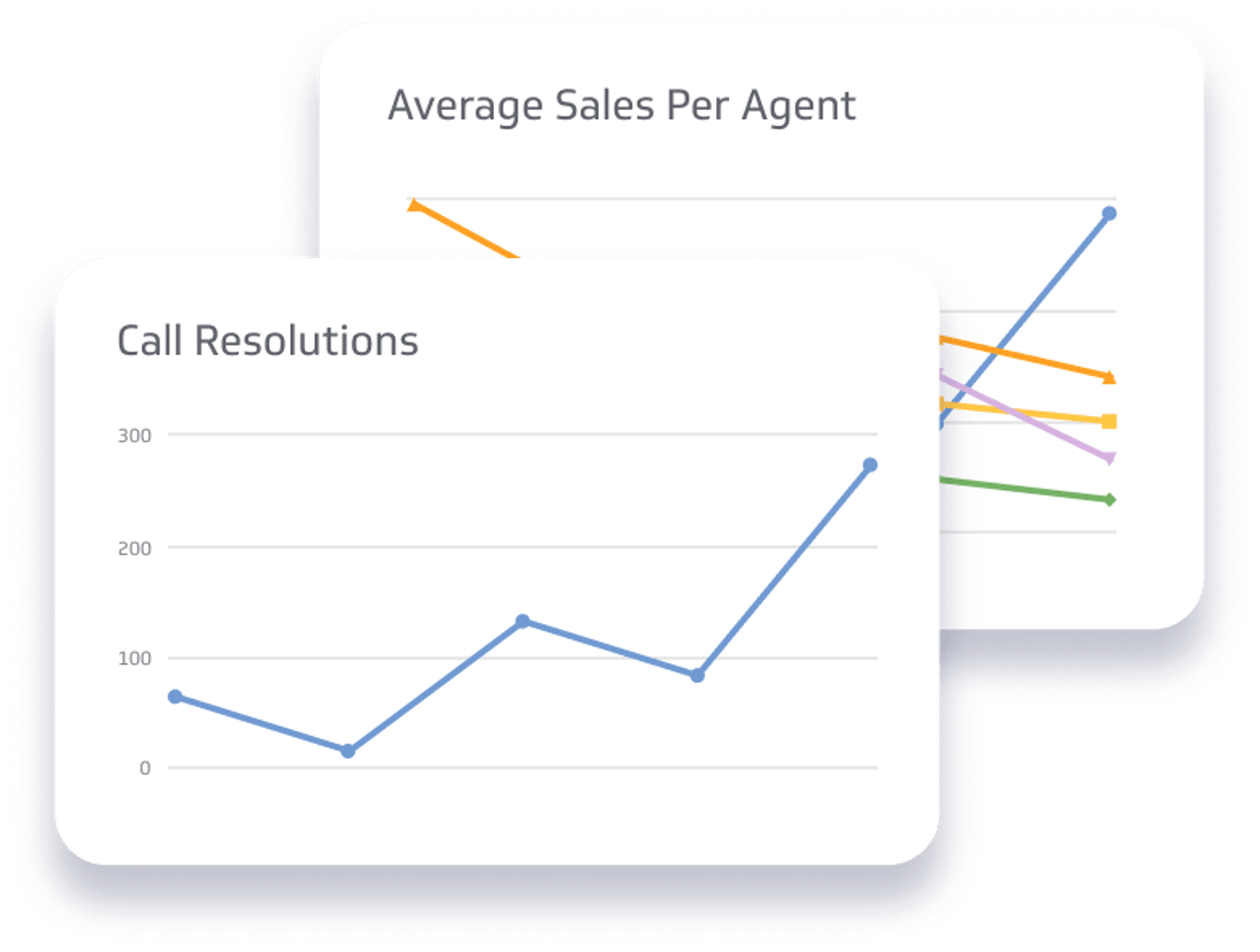
Keep Your Call Center On Track With The Right Metrics
Your call center operates in a stressful environment where you need to manage thousands of calls each hour while maintaining a high standard of customer service. To do this effectively, you need to be dialed into the latest metrics and KPIs, such as current service level, call volume, and call resolution rates. Use these call center KPIs and metrics to track your performance through the busiest and most hectic days.
Best Call Center Metrics To Monitor
In the highly competitive world of call centers, understanding and monitoring key performance indicators (KPIs) is essential for maintaining excellent customer service levels and optimizing operational efficiency.
By tracking these important call center metrics, managers can make informed decisions, identify areas for improvement, and ensure the success of their call center.
1. First Contact Resolution (FCR)
First Contact Resolution measures the percentage of customer interactions that are resolved during the initial contact with the call center. A high FCR rate indicates that agents are effectively addressing customer concerns, reducing the need for follow-up interactions and promoting customer satisfaction.
2. Average Handle Time (AHT)
Average Handle Time is the average duration of an agent's interaction with a customer, including hold times and after-call work. A lower AHT implies that agents are efficiently handling calls, which can lead to higher agent productivity and improved customer satisfaction. However, it is important to balance AHT with the quality of the resolution provided to avoid rushing customers through the process.
3. Service Level
Service Level is the percentage of calls answered within a predefined time threshold, typically measured in seconds. This metric is crucial in assessing the call center's ability to meet customer expectations for prompt assistance. A high service level indicates that the call center is responsive and adequately staffed to handle incoming call volumes.
4. Abandoned Call Rate
The Abandoned Call Rate measures the percentage of incoming calls that are disconnected by the customer before reaching an agent. A high abandoned call rate may indicate long wait times, insufficient staffing, or technical issues. Monitoring this metric can help identify areas for improvement in the call center's queue management and resource allocation.
5. Customer Satisfaction (CSAT) Score
The Customer Satisfaction Score is a measure of how satisfied customers are with the service they receive from the call center. CSAT is typically assessed through post-call surveys or other forms of feedback. A high CSAT score indicates that the call center is meeting or exceeding customer expectations, which can lead to increased customer loyalty and positive word-of-mouth.
6. Agent Occupancy Rate
The Agent Occupancy Rate is the percentage of time that agents spend on active calls or after-call work, compared to their total logged-in time. A high occupancy rate indicates efficient agent utilization, but it is essential to avoid overworking agents, which can lead to burnout and decreased performance.
7. Agent Attrition Rate
Agent Attrition Rate measures the percentage of agents who leave the call center within a given period. High agent attrition can lead to increased recruitment and training costs, as well as potential disruptions in service quality. Monitoring this metric helps call center managers identify underlying issues contributing to agent turnover and implement retention strategies.
8. Call Quality Metrics
Call quality metrics, such as Average Speed of Answer (ASA) and Mean Opinion Score (MOS), assess the technical aspects of call center interactions. These metrics can help identify issues with call routing, connectivity, and audio quality, which can impact customer satisfaction and overall call center performance.
9. Conversion Rate
The Conversion Rate is the percentage of calls that result in a successful outcome, such as a sale, appointment, or resolution of a customer issue. Tracking conversion rates helps call center managers evaluate agent performance and the effectiveness of sales and support strategies.
10. Net Promoter Score (NPS)
Net Promoter Score is a measure of customer loyalty and the likelihood that they will recommend the call center's services to others. NPS is calculated by subtracting the percentage of detractors (customers who rate the call center negatively) from the percentage of promoters (customers who rate the call center positively). A high NPS indicates a strong brand reputation and customer loyalty, which can contribute to long-term growth and success.
Conclusion
By closely monitoring these essential call center metrics and KPIs, call center managers can make data-driven decisions to improve operations, enhance customer satisfaction, and increase agent productivity. Regularly reviewing these metrics helps call centers identify trends, address challenges, and adapt to changing customer expectations. Ultimately, focusing on these key performance indicators can lead to a more successful and efficient call center.
To help you further in your journey toward effective KPI analysis and implementation, don't forget to check out our extensive collection of KPI examples & templates. This valuable resource offers a variety of examples and easy-to-use templates that will assist you in measuring, tracking, and optimizing your call center's performance.

